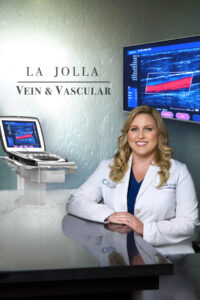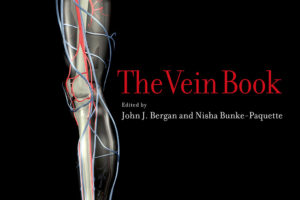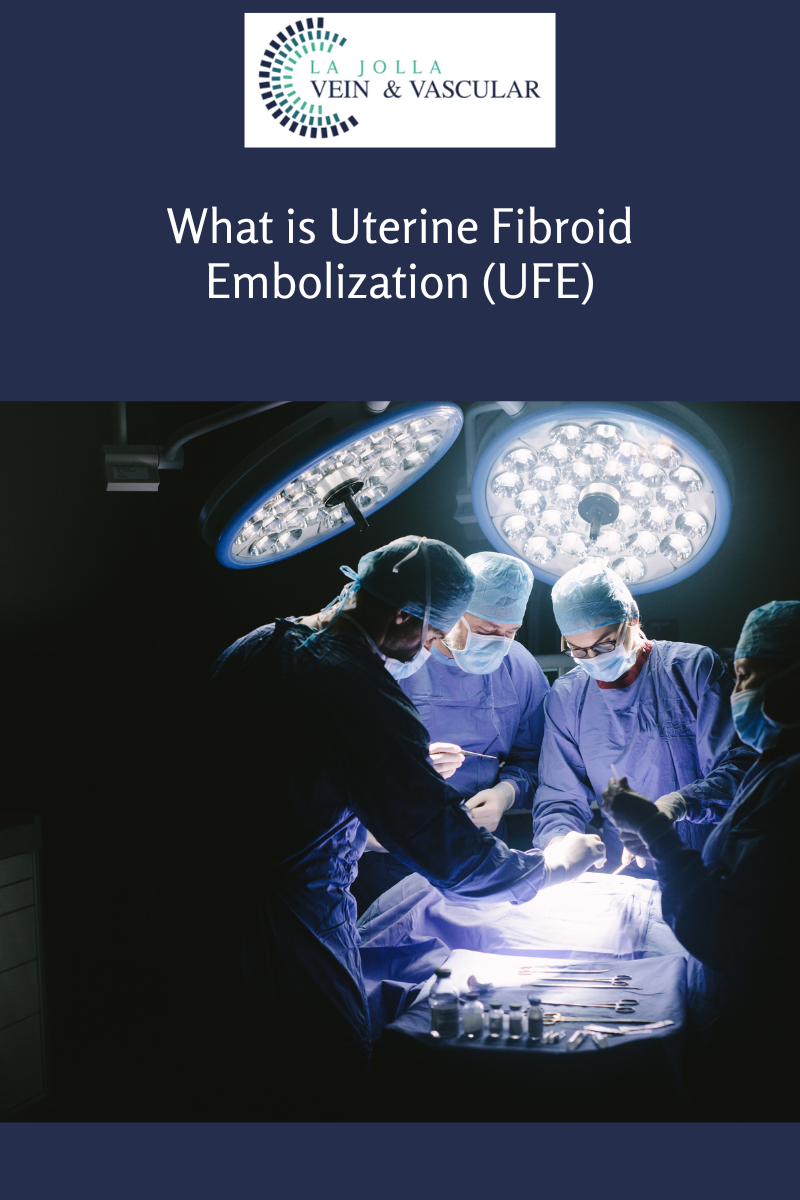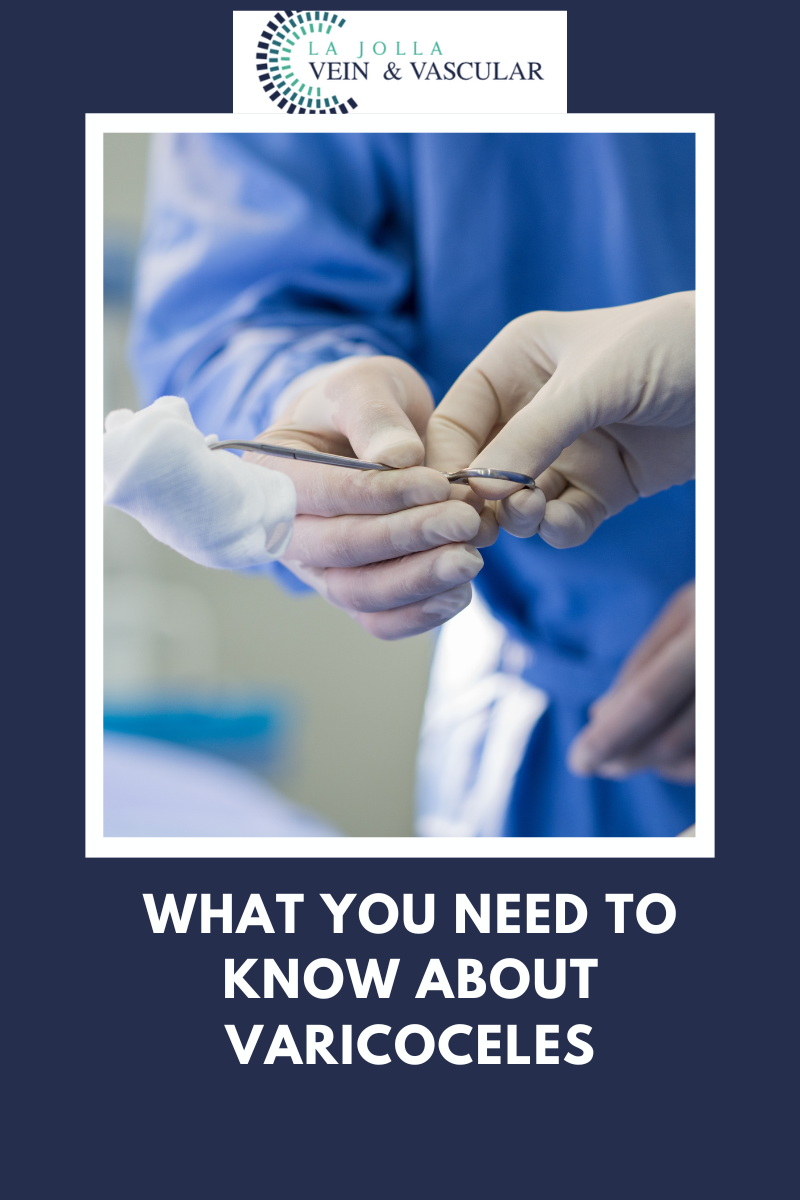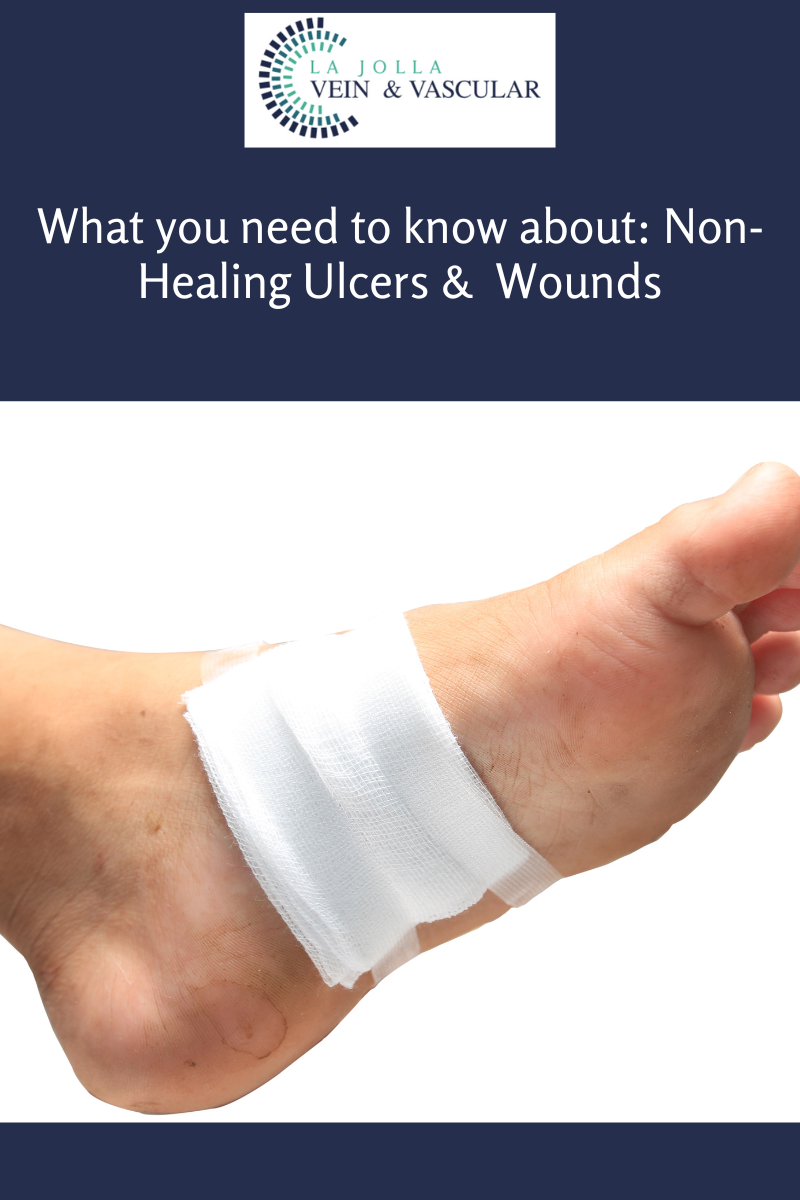Meet our team of vein & vascular specialists: Dr Lucas
LJVascular2022-12-26T10:58:13-08:00Our vein and vascular specialists are not your average doctors. They train and teach other doctors, medical students, physician assistants, and empower and educate patients everyday with knowledge and choices. They lead clinical research studies and contribute to scientific journal and textbook publications. Our recent research made the cover of the “Journal for Vascular Ultrasound” in March, 2018. Our doctors continuously strive to elevate the standard in vein care- they are fellowship-trained, board certified in venous and lymphatic disease, and earned additional credentials in ultrasound interpretation to provide comprehensive vein care for all patients.
Sarah Lucas MD, FACS, RPVI
Vascular Surgeon
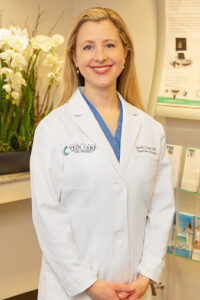
Dr. Sarah Lucas, MD, FACS, RPVI is a board-certified vascular surgeon who has chosen to focus her practice on the care of patients with venous and lymphatic disease. She is also a diplomate of the American Board of Venous and Lymphatic Medicine. She is a graduate of the Duke School of Medicine and the integrated vascular surgery residency of Georgetown University Hospital and Medstar Washington Hospital Center in Washington, DC. She returned to Duke as a faculty member following graduation.She and her husband then relocated to Memphis, Tennessee for his pediatric surgery fellowship. During that time, she was on staff at the Memphis VA Medical Center, where she served as faculty for the vascular surgery fellowship of the University of Tennessee Health Sciences Center.
Dr. Lucas and her husband are delighted to have found their permanent home in San Diego, where he is a pediatric surgeon at the Naval Medical Center.
Dr. Lucas has authored numerous peer-reviewed publications and a book chapter in the field of vascular surgery. She is active in the Society for Vascular Surgery and a member of the Young Surgeons’ Committee. Dr. Lucas joined La Jolla Vein Care in 2018. In addition to her role at La Jolla Vein Care, she also manages patients with vascular wounds at the Scripps XIMED wound care clinic.
Dr. Lucas is a Fellow of the American College of Surgeons. Surgeons who become Fellows of the College have passed a comprehensive evaluation of their surgical training and skills; they also have demonstrated their commitment to high standards of ethical conduct.
Peer-Reviewed Journals:Dr. Sarah Lucas
- Case Report and Review of the Literature: Mesenteric Ischemia Secondary to Toxic Epidermal Necrolysis.Pradka, S. P.,Smith, J. R.,Garrett, M. T.,Fidler, P. E.J Burn Care Res 2014 Feb 06
- Plastic surgery within the Veterans Affairs Medical System: proposed modified indications for operative procedures.Erdmann, D., Pradka, S.P., Similie, E., Marcus, J.R., Moyer, K.E., Shelburne, J.D., Tyler, D.S., Levin, S.L.Ann Plast Surg 2009-07-01
- Soft-tissue defects and exposed hardware: a review of indications for soft-tissue reconstruction and hardware preservation.Viol, A., Pradka, S.P., Baumeister, S.P., Wang, D., Moyer, K.E., Zura, R.D., Olson, S.A., Zenn, M.R., Levin, S.L., Erdmann, D.Plast Reconstr Surg 2009 Apr
- Increased signs of acute rejection with ischemic time in a rat musculocutaneous allotransplant model.Pradka, S. P., Ong, Y. S., Zhang, Y., Davis, S. J., Baccarani, A., Messmer, C., Fields, T. A., Erdmann, D., Klitzman, B., Levin, L. S.Transplant Proc 2009 Mar
“Bringing Experts Together for Unparalleled Vein and Vascular Care”
La Jolla Vein & Vascular (formerly La Jolla Vein Care) is committed to bringing experts together for unparalleled vein and vascular care.
Nisha Bunke, MD, Sarah Lucas, MD, and Elliot DeYoung, MD are specialists who combine their experience and expertise to offer world-class vascular care.
Our accredited center is also a nationally known teaching site and center of excellence.
For more information on treatments and to book a consultation, please give our office a call at 858-550-0330.
For a deeper dive into vein and vascular care, please check out our Youtube Channel at this link.
For more information on varicose veins and eliminating underlying venous insufficiency, check this link out full of resources.
Please follow our social media Instagram Profile and Tik Tok Profile for more fun videos and educational information.



